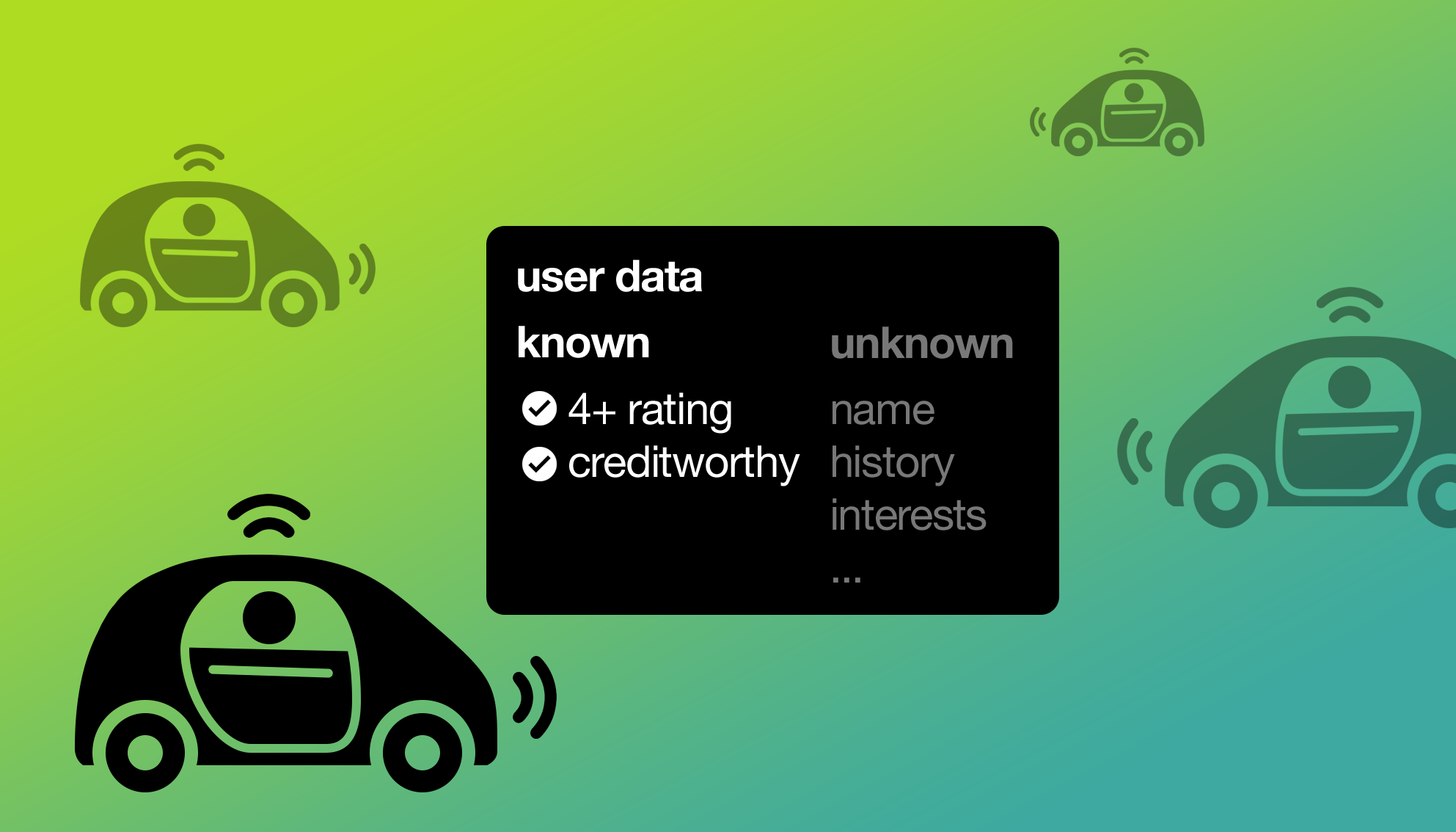
Autonomous vehicles (and car-sharing) don’t have to be the end of our freedom of mobility
While there is still debate about the practicality of self-driving cars, it’s clear that the freedom of mobility will be history if self-driving vehicles and software will be owned by tech-giants and car manufacturers.
Access to mobility and privacy of users
Access to mobility will lie in the hands of those who own the vehicles and the software for roads and vehicles. Ownership of both the vehicles and the software could stay in our hands, if we design it that way, making sure we don’t lose our control of access to mobility. Secondly, if the current paradigms for online privacy will be used by autonomous vehicles, they will greatly reduce our privacy and sovereignty as a free human being. Again, we could design things differently and respect the privacy of the users of autonomous vehicles.
The trap of circular economy thinking
Our society should shift towards what some call a ‘circular economy’. A well advocated circular economy strategy is to replace ownership by access. Do you really need a car, or do you need access to a car? Valid question. The trap many circular economy enthusiasts step into, is to advocate for centralised ownership. This means control of access will lie in the hands of only a few players that don’t bow to local accountability, individual needs and user privacy. But we don’t need to centralise ownership to shift to a circular economy. What we could do is keep the ownership of the materials our cars are made of and the responsibility to take back old vehicles with car manufacturers. This can incentivise them to turn their lineair production line into a circular process. If we design it that way, we could still be the owners of our vehicles while we use them.

Owning the software layers on our roads
At the same time, we should also be the owners of the software layers that will be built on top of the hardware layer (aka roads). In the Netherlands it is well accepted that we publicly own the roads we drive on. The same should be the case for the software layers on our roads and between vehicles, to make sure we keep control of our mobility grid and the privacy of its users.

Peer to peer car-sharing: plug your car into the mobility grid
Around 80% of the current shared car fleet in the Netherlands exists of peer to peer shared cars (source: dashboard CROW-KpVV). Snappcar is the Dutch leader in the peer to peer car-sharing space and has a marketshare of around 90% (these numbers are in vehicles, not users, rides, distance or turnover). Since May of this year, Snappcar has introduced Keyless, which gives car owners the opportunity to fully automate renting out their car. Snappcar charges owners a monthly subscription fee of 10 euro to make their car keyless and available to others. This means that for just 10 euro per month, every car owner could start a micro company by renting out his or her car without any manual intervention. A great step in the right direction.
Next steps
I want to be the ‘shareholder’ of an autonomous electric vehicle that is used by others over 95% of the time. Anyone should be able to ‘invest in’ (autonomous) vehicles that contribute to the mobility of their community and the bigger ‘mobility grid’. And anyone should be able to use those (autonomous) vehicles without compromising on privacy.

Taxation: mobility for mobility
To secure the current function of public transport for those who can’t afford access to mobility, ownership of a self-driving vehicle should be taxed. To prevent centralisation (limiting access to mobility), the more vehicles a person or company owns, the higher the tax per vehicle should be.
Interested in this future of mobility? Join me in exploring a future we want to drive towards.
